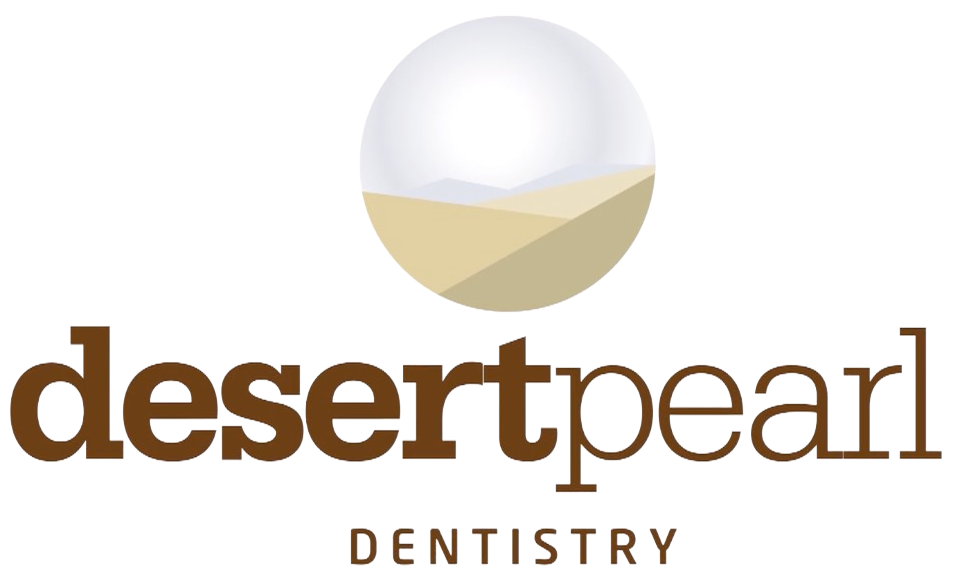Lasers have become a game-changer in the world of dentistry, offering precision, efficiency, and improved patient comfort across a range of dental procedures. As the field of dentistry continues to evolve, the role of laser technology has expanded, bringing new possibilities to treatments that were once limited by traditional methods. In this blog, we will explore how lasers are used in dental procedures at Desert Pearl Dentistry in Rancho Mirage, TX, and the advantages they offer under the care of Dr. Joseph Morales.
The Evolution of Laser Technology in Dentistry
Laser technology has been used in medical treatments since the 1960s, but its integration into dentistry began to gain momentum in the 1990s. Today, lasers are widely used for various dental procedures, ranging from gum disease treatment to cavity preparation and teeth whitening. The ability of lasers to target specific tissues with minimal impact on surrounding areas has made them an invaluable tool in modern dentistry.
Lasers work by emitting a focused beam of light energy that can cut, vaporize, or shape tissue, depending on the type of laser and the procedure being performed. This precise control allows for minimally invasive treatments that are both effective and comfortable for patients.
Precision in Soft Tissue Procedures
One of the most common applications of laser technology in dentistry is in soft tissue procedures. Lasers are particularly effective in treating gum disease, where they can remove infected tissue with precision while leaving healthy tissue intact. This selective targeting reduces the need for sutures and promotes faster healing.
Lasers are also used in procedures like frenectomies, where the frenum (a fold of tissue) is too tight, causing issues with speech or eating. Traditional methods would require scalpels and stitches, but lasers allow for a much gentler approach, with less bleeding and discomfort.
Additionally, lasers can be used to reshape the gums for cosmetic purposes, such as correcting a “gummy smile.” By carefully sculpting the gum line, Dr. Morales can enhance the appearance of a patient’s smile with minimal recovery time.
Hard Tissue Applications: Cavity Preparation and More
Lasers are not limited to soft tissue procedures; they are also highly effective in treating hard tissues, such as teeth. One of the most significant advancements in laser dentistry is its use in cavity preparation. Traditional drills can be noisy and uncomfortable, causing anxiety in many patients. Laser technology offers a quieter, more comfortable alternative that reduces the need for anesthesia in some cases.
When used to treat cavities, lasers can selectively remove decayed tissue while preserving as much healthy tooth structure as possible. This conservative approach not only preserves the integrity of the tooth but also enhances the bonding process for fillings, leading to longer-lasting restorations.
In addition to cavity preparation, lasers can be used for root canal treatments. The precision and bactericidal properties of lasers allow for more thorough cleaning of the root canals, reducing the risk of infection and improving the overall success rate of the procedure.
Teeth Whitening with Laser Technology
Laser technology has also revolutionized cosmetic dentistry, particularly in teeth whitening procedures. Traditional teeth whitening methods often rely on chemical agents that can take multiple sessions to achieve the desired results. With laser-assisted whitening, the process is accelerated, and patients can see noticeable improvements in just one visit.
During a laser whitening session, a bleaching agent is applied to the teeth, and the laser is used to activate the agent, speeding up the whitening process. This method is not only faster but also reduces sensitivity, making it a popular choice for patients seeking a brighter smile.
Minimizing Patient Discomfort and Anxiety
One of the key advantages of laser technology in dentistry is its ability to minimize patient discomfort and anxiety. Many patients experience dental anxiety, often due to the noise and sensations associated with traditional drills. Lasers, however, operate quietly and with minimal vibration, creating a more relaxed environment for the patient.
Because lasers can often eliminate the need for anesthesia, patients also experience fewer side effects, such as numbness, after the procedure. This is particularly beneficial for patients who are nervous about injections or who have a low tolerance for pain.
Furthermore, the precision of lasers means that procedures can often be completed more quickly than with traditional methods, reducing the time patients spend in the dental chair.
Enhancing Post-Operative Healing
Lasers not only improve the precision of dental procedures but also enhance the healing process. The light energy emitted by lasers has anti-inflammatory and antibacterial properties, which can reduce the risk of infection and promote faster healing. This is particularly beneficial for patients undergoing periodontal treatments or oral surgeries.
For example, after a laser-assisted gum treatment, patients typically experience less swelling and discomfort compared to traditional methods. The reduced need for sutures and the ability to minimize tissue trauma contribute to a quicker recovery and a lower likelihood of complications.
Expanding the Possibilities of Pediatric Dentistry
Pediatric dentistry has also benefited from the introduction of laser technology. Children who might otherwise be fearful of dental visits due to the noise and discomfort of traditional drills can now receive treatment in a less intimidating environment. Lasers allow for more gentle and precise treatments, making dental visits more pleasant for young patients.
For instance, when treating cavities in children, lasers can often eliminate the need for local anesthesia, reducing the stress associated with injections. Additionally, the minimally invasive nature of lasers means that children can recover more quickly and comfortably after their procedures.
Looking Toward the Future: Innovations in Laser Dentistry
The role of lasers in dentistry continues to evolve as new technologies are developed. Researchers are exploring ways to enhance the effectiveness of lasers even further, such as by combining them with other advanced technologies like 3D imaging and computer-aided design.
These innovations promise to make dental procedures even more precise, efficient, and comfortable for patients. As the technology advances, we can expect to see lasers playing an even greater role in routine dental care and complex procedures alike.
At Desert Pearl Dentistry, Dr. Joseph Morales and his team are committed to providing the most advanced and comfortable dental care possible. The integration of laser technology into our practice allows us to offer a wide range of treatments with improved precision, reduced discomfort, and faster recovery times.
Whether you need a routine cleaning, a cosmetic procedure, or treatment for a more complex dental issue, our use of laser technology ensures that you receive the highest standard of care. We invite you to experience the benefits of laser dentistry at our Rancho Mirage, TX, office.
Sources:
- Parker, S. (2007). Verifiable CPD paper: Introduction, history of lasers and laser light production. British Dental Journal.
- Coluzzi, D. J., & Convissar, R. A. (2010). Atlas of Laser Applications in Dentistry. Quintessence Publishing.
- Genovese, M. D., & Olivi, G. (2010). Laser in Endodontics: Scientific Background and Clinical Applications. Journal of Laser Dentistry.



